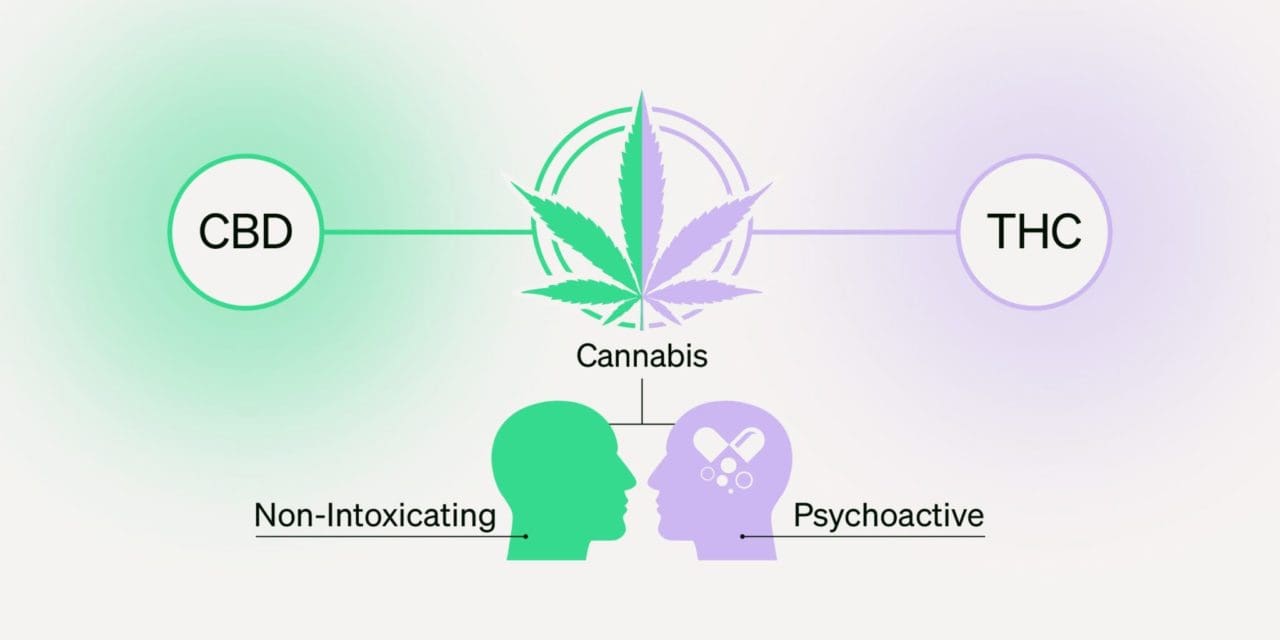
What is fiber hemp? Why is psychoactive cannabis so often confused with fiber cannabis?
Fiber hemp, oil hemp or just hemp?
In the Lithuanian language, terms describing cannabis can sometimes be confusing. Naturally, the question arises, what is the difference between cannabis? What makes them special?
In the Lithuanian language, the term "kanapės" defines both fibrous hemp and psychoactive marijuana. Therefore, it is useful to know and explain the properties of these two seemingly similar, but in reality, very different plants.
When we talk about hemp, we often mean fiber hemp, or seed hemp, which is the same species as Cannabis sativa L. Fiber hemp is grown for its fiber, while seed hemp is grown for its seeds. Seed hemp or oil hemp (Finola) has the characteristic of flowering faster and its seeds are able to mature in a short summer season. The species Cannabis sativa L. is also widely used in industry. The name fiber hemp is descriptive because it can be used to make things like: plastic, concrete, clothing, food, medicine, rope, fabric, and more. Fiber hemp is an excellent soil-improving plant that cleans the soil. Also, this hemp has the ability to absorb carbon dioxide and it does this better than even the trees themselves. The benefits of cannabis are incomparable. Fiber and oil hemp varieties contain very small amounts of the intoxicating ingredient in cannabis, otherwise known as THC (tetrahydrocannabinol). Usually less than 0.2%. With such low levels of THC, the plant cannot be used for intoxication. In contrast, Cannabis sativa L. plants contain other cannabinoids, such as CBD or CBG, which cause a sedative effect.
Marijuana is also considered cannabis, although the intoxicating (psychoactive) properties would be more meaningfully associated with the word "marijuana". The main difference is that marijuana has an intoxicating effect, while fiber hemp has only a sedative effect.

